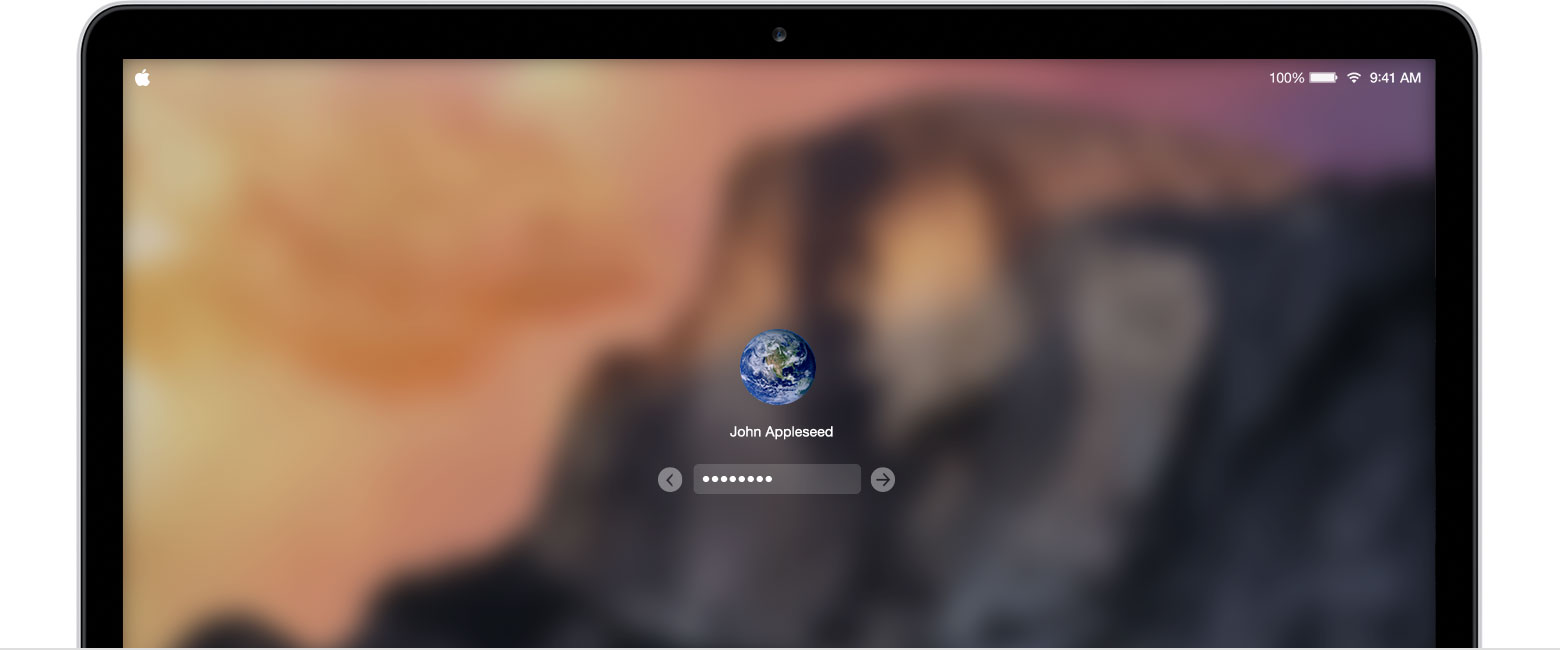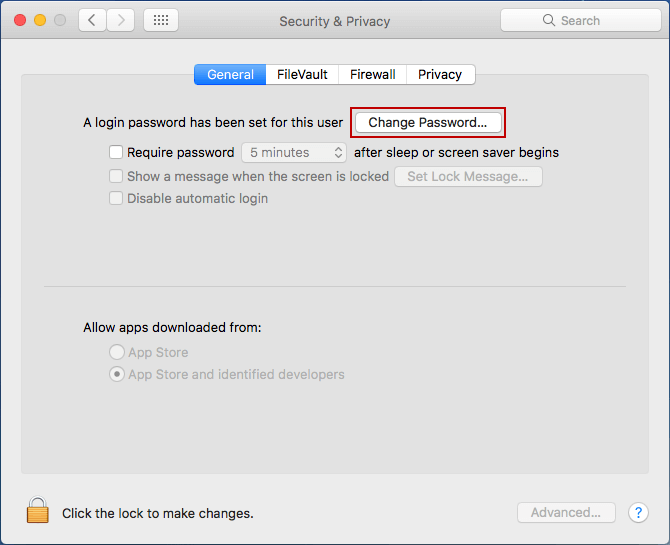
Type Keychain in the search box at the top of the screen.To do this open the Keychain Access tool (located in Utilities), find the print-UCL entry, delete this and repeat the process of submitting a print job, this will prompt you for your credentials again. Note: When your UCL password expires/changes you must enter the new password. These instructions are based on Mac OS X 10.12 (Sierra).You will need an Apple Mac computer running Mac OS X and connected to the internet.

This guide explains how to update your connection keychain for when you change your UCL password. You now know how to change a MacBook password.How to update your keychain for using Mac OS X Once finished making changes, click on the unlock button to lock. And there you have it, job done. When checked, ‘Show password hints’ will add the previously mentioned password hint on the login screen. If you use FileVault on your MacBook, this option is already off and can’t be changed.įor the ‘Display login window as’ option, you can select List of Users (the default) or ‘Name and Password’, depending on your preferences. And yet, it’s probably best to keep this off for security reasons. This setting is best if you’re the only one who uses your computer. Toggle on ‘Automatic login’ if you want a specific user to login automatically whenever the Mac restarts. You can stick with the default settings or make changes as you see fit. On this screen, you’ll find different login-related options.

Type your password to unlock.Ĭlick ‘Login Options’ on the left side of the Users & Groups screen to access the administrative options. Click on the lock at the bottom of the Users & Groups window. Go into System Preferences on your computer, then select ‘Users & Groups’. As an administrator, there are other login-related settings you can use. If you’re the only person who uses your MacBook, you’re the administrator for your computer.


 0 kommentar(er)
0 kommentar(er)
